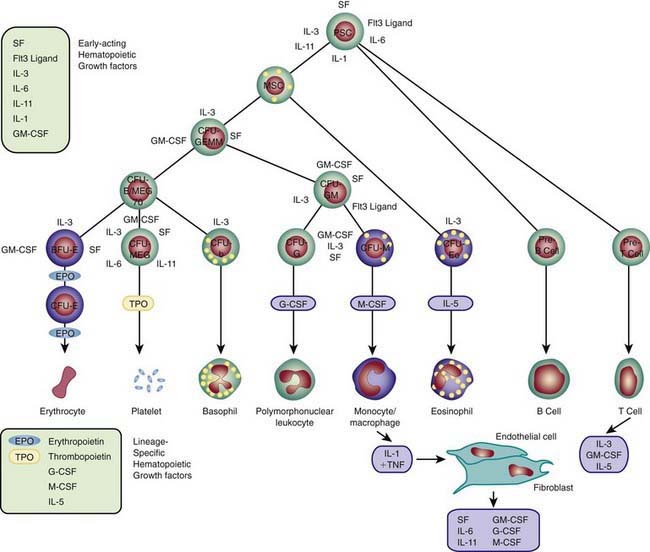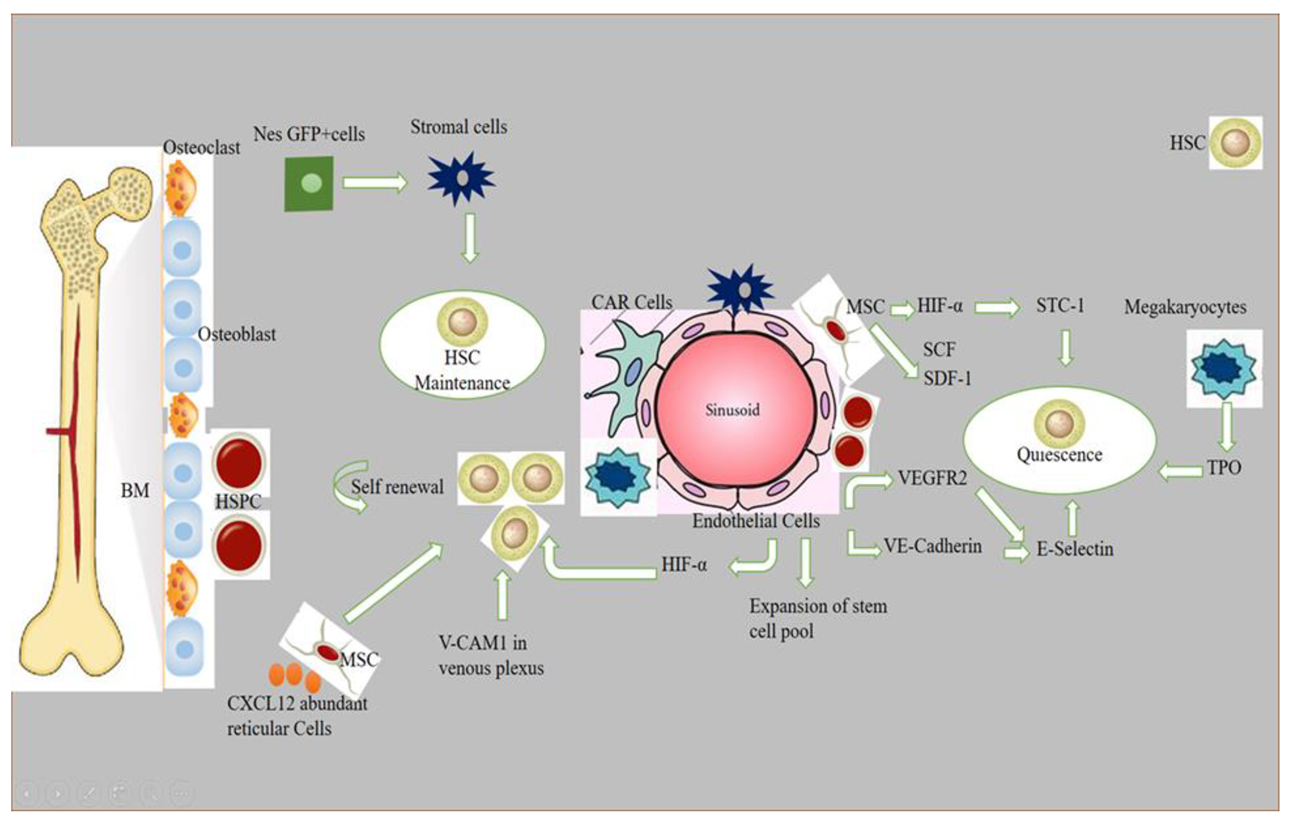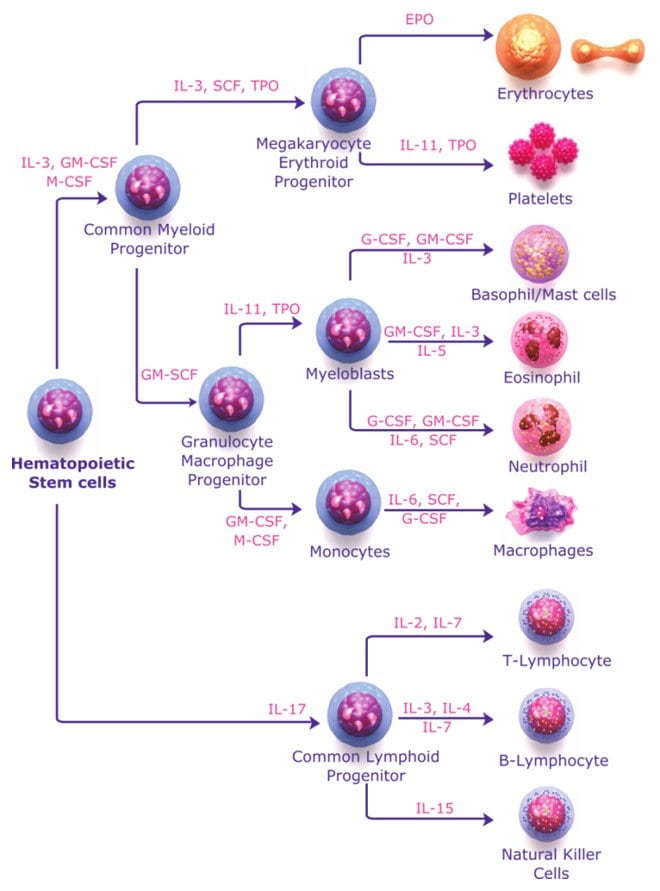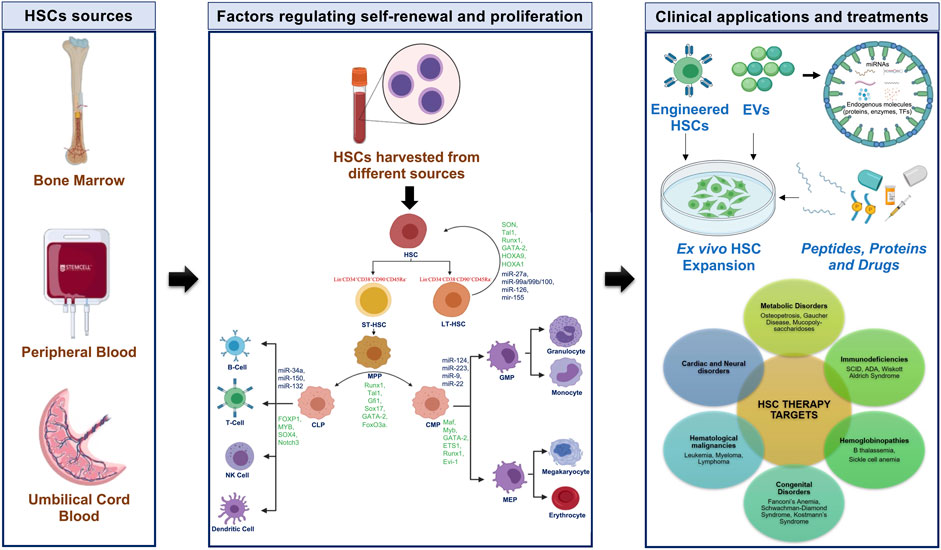What Is The Role Of Hematopoietic Growth Factors

Hematopoietic growth factors (HGFs), often referred to as colony-stimulating factors (CSFs), are critical signaling molecules essential for the proliferation, differentiation, and survival of blood cells. Understanding their role is crucial for advancements in treating various blood disorders and cancers.
This article will delve into the fundamental functions of HGFs, exploring how these factors are used in clinical settings, their impact on patient outcomes, and the ongoing research shaping their future applications. By examining scientific literature and expert opinions, we aim to provide a comprehensive overview of these vital biological agents.
The Core Function of Hematopoietic Growth Factors
Hematopoietic growth factors are a family of cytokines that regulate hematopoiesis, the process by which blood cells are produced from hematopoietic stem cells (HSCs) in the bone marrow.
These factors bind to specific receptors on the surface of HSCs and progenitor cells, triggering intracellular signaling pathways that influence their fate. These pathways determine whether a cell will divide, differentiate into a specific blood cell type (red blood cells, white blood cells, or platelets), or undergo programmed cell death (apoptosis).
The precise roles of HGFs are complex and often overlapping. Each factor tends to have a primary target lineage, but can also impact multiple cell types under different circumstances.
Key Hematopoietic Growth Factors and Their Roles
Several HGFs are particularly important in regulating blood cell production. Erythropoietin (EPO), for instance, is the primary regulator of red blood cell production.
It is produced mainly by the kidneys in response to low oxygen levels, stimulating the differentiation of erythroid progenitor cells into red blood cells. Granulocyte colony-stimulating factor (G-CSF) stimulates the production of neutrophils, a type of white blood cell crucial for fighting bacterial infections.
Granulocyte-macrophage colony-stimulating factor (GM-CSF) promotes the growth and differentiation of granulocytes and macrophages, both key components of the immune system. Interleukin-3 (IL-3) is a multi-lineage growth factor that supports the development of various blood cell types, while thrombopoietin (TPO) stimulates the production of platelets, which are essential for blood clotting.
Clinical Applications of HGFs
HGFs have become indispensable tools in modern medicine. Their therapeutic potential is particularly evident in treating conditions that affect blood cell production.
One prominent application is in the treatment of chemotherapy-induced neutropenia, a common side effect of cancer treatment that leaves patients vulnerable to infection. G-CSF is routinely administered to stimulate neutrophil production, shortening the duration of neutropenia and reducing the risk of infection.
EPO is widely used to treat anemia in patients with chronic kidney disease, as the kidneys' ability to produce EPO is impaired. It is also used in cancer patients undergoing chemotherapy who experience anemia as a side effect.
HGFs also play a critical role in bone marrow transplantation. They are used to mobilize hematopoietic stem cells from the bone marrow into the bloodstream, allowing for easier collection of stem cells for transplantation.
Furthermore, HGFs can be administered after transplantation to promote engraftment, the process by which the transplanted stem cells establish themselves in the recipient's bone marrow and begin producing new blood cells.
Impact and Future Directions
The introduction of HGFs into clinical practice has significantly improved patient outcomes. Reduced incidence of infections in chemotherapy patients and diminished reliance on blood transfusions for anemic patients are notable examples.
Ongoing research continues to explore new applications for HGFs. Scientists are investigating the potential of HGFs to enhance immune responses in cancer immunotherapy.
Researchers are also working on developing novel HGFs with improved efficacy, specificity, and fewer side effects. Gene therapy approaches aimed at delivering HGF genes directly to the bone marrow are also being explored.
Understanding the intricacies of HGF signaling pathways can lead to the development of more targeted and effective therapies. This knowledge may revolutionize the treatment of hematological disorders and enhance our ability to combat various diseases.














%2C+ligand+(FL)%2C+interleukin-3+(IL-3)%2C+and+granulocyte-macrophage+colony-stimulating+factor+(GM-CSF)%2C+together+with+cell–cell+interactions+in+the+marrow%2C+stimulate+stem+cells+to+form+a+series+of+burst-forming+units+(BFU)+and+colony-forming+units+(CFU):+CFU-GEMM+(granulocyte%2C+erythrocyte%2C+monocyte+and+megakaryocyte)%2C+CFU-GM+(granulocyte+and+macrophage)%2C+CFU-Meg+(megakaryocyte)%2C+BFU-E+(erythrocyte)%2C+and+CFU-E+(erythrocyte).+After+considerable+proliferation%2C+further+differentiation+is+stimulated+by+synergistic+interactions+with+growth+factors+for+each+of+the+major+cell+lines—granulocyte+colony-stimulating+factor+(G-CSF)%2C+monocyte/macrophage-stimulating+factor+(M-CSF)%2C+thrombopoietin%2C+and+erythropoietin.+Each+of+these+factors+also+influences+the+proliferation%2C+maturation%2C+and+in+some+cases+the+function+of+the+derivative+cell+line+(Table+37–1)..jpg)



